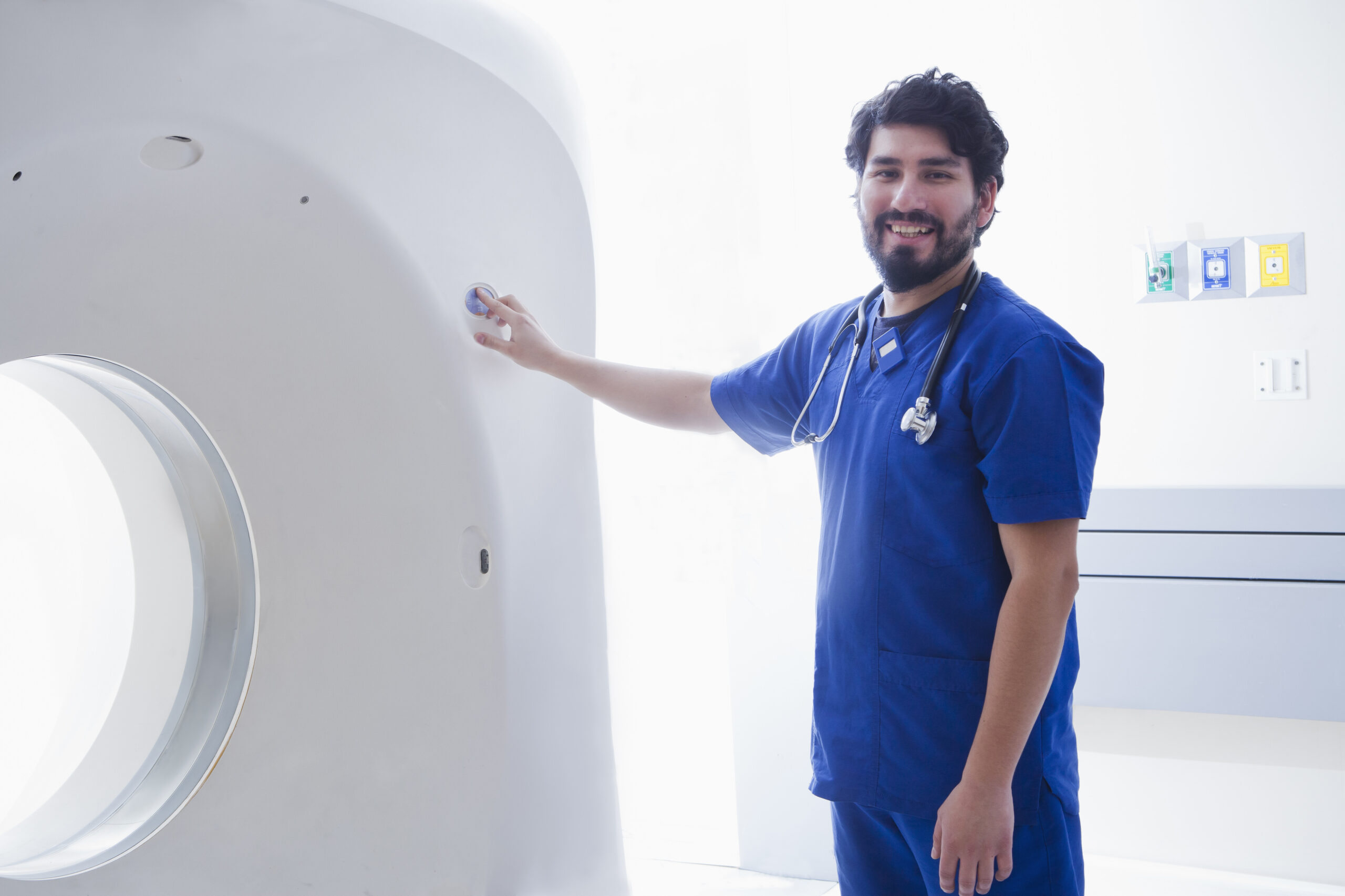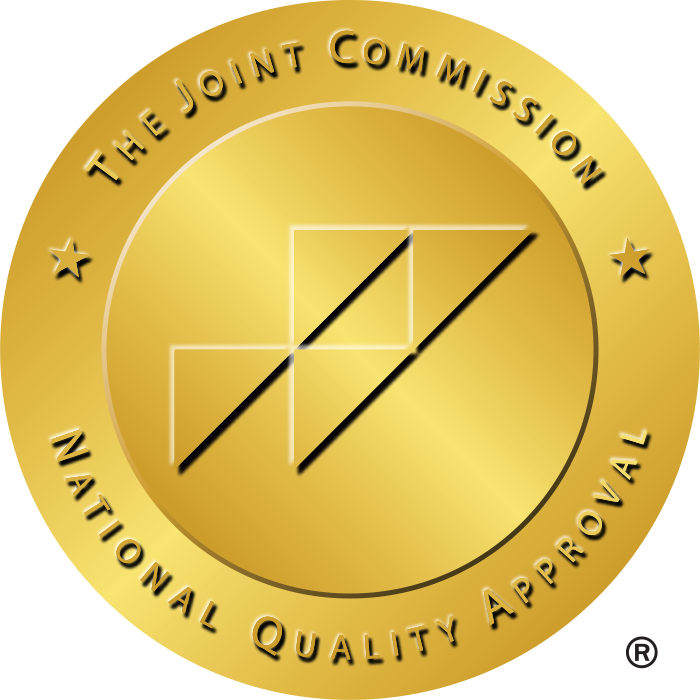Balancing Work & Life as a Healthcare Professional: Tips for Avoiding Burnout
Working in the field of healthcare can be both rewarding and demanding. Whether you are a travel nurse, physician assistant, surgical tech, or respiratory therapist, the fast-paced hustle and bustle, long hours, and emotional stress can take a toll on your well-being, which is very much understandable, too. The rate of burnout among healthcare workers seems to be on the rise these days. Professionals seem to be struggling to maintain a healthy work-life balance, but it is not always possible to achieve it easily.
So, if you are a healthcare professional who is seeking to manage stress while at the same time looking to effortlessly excel in your career, this guide will offer practical strategies to help you prevent burnout. What is more is the fact that you will see how StaffDNA, a leading AI-driven healthcare platform, can help you find flexible, high-paying jobs that healthily support your work-life balance.

Understanding Burnout In Healthcare
The term ‘burnout’ is a term used to describe a feeling of physical, mental, and emotional exhaustion that is caused by prolonged stress.
However, when talking specifically about the healthcare sector, burnout is seen to stem from several work-related factors, and these include:
- Long Shifts And Overtime: These are common among healthcare professionals working in the ICU, PACU, and NICU nursing jobs.
- Emotional Fatigue: This involves dealing with and handling patient care in high-stress environments.
- Workload Pressures: This refers to the act of having to manage multiple responsibilities without having enough support from your colleagues or seniors.
- Lack of Control: It is a well-known fact that there is limited scheduling flexibility in local healthcare jobs.
An interesting fact is that according to the American Nurses Association, over 60% of nurses report feeling burned out, and physician assistants face similar rates of emotional exhaustion.
Signs Of Burnout In Healthcare Professionals
There are some well-known signs of burnout present in an individual, which makes it easier for healthcare professionals to help take action before things take a turn for the worst and affect their physical as well as mental well-being in the long run.
A few important signs have been highlighted as under:
Common Symptoms of Burnout:
- Chronic Fatigue: This refers to the feeling of feeling drained, even after rest.
- Emotional Detachment: Losing empathy toward patients.
- Decreased Job Satisfaction: Feeling undervalued or disillusioned.
- Increased Mistakes: Reduced focus and attention to detail.
- Physical Symptoms: Headaches, insomnia, and digestive issues.
An important thing to note is that burnout does not happen suddenly and overnight. Therefore, it is important to monitor your daily routine and mood, just so you can see how you feel regularly and take steps to prioritize your well-being accordingly.
How To Achieve Work-Life Balance As A Healthcare Professional
Maintaining a healthy work-life balance can be very difficult. However, it is very important for long-term success in healthcare. Healthcare professionals are more often than not seen to be giving it their all, which leads them to getting burned out and tired from their jobs in no time.
However, here are a few actionable tips that can help you manage work-related stress and job satisfaction rates and also maintain your physical and mental health at the same time.
Tip 1: Set Clear Boundaries
Work boundaries are important because they help separate professional responsibilities from personal times. This is especially true for healthcare professionals in high-pressure positions, such as travel nurses and surgical technicians.
How to Set Boundaries:
- Limit Overtime: Establish a policy against working extra shifts unless medical workers have no alternative or unless absolutely necessary.
- Communicate Clearly: Inform your supervisors about the specific work hours you are available for.
- Say No When Needed: Non-essential tasks should be declined to safeguard your work hours.
Thankfully, the flexible contracts of StaffDNA allow travel nurses to maintain personal boundaries because they can select their working time and location.
Tip 2: Prioritize Self-Care
Healthcare workers who prioritize patient needs should also make self-care efforts because it is mandatory to maintain their longevity and well-being.
Self-Care Strategies:
- Exercise Regularly: You should prioritize regular physical exercise and try to reach 30 minutes of activity each day.
- Sleep Well: Prioritize 7-8 hours of quality sleep.
- Healthy Diet: It is important to fuel up your body with nutritious meals every day.
- Mindfulness Practices: Both your physical and mental health need you to try meditation or deep breathing exercises to reduce stress.
Although it is a very vital part of your job that you should keep the health and well-being of your patients first, if you are not in the right state of health, how else are you going to look after your patients?
Tip 3: Choose The Right Work Environment
The mental health condition of a person heavily depends on the environment where they work. Therefore, it is important to examine the job opportunities between healthcare positions within a fixed location and travel nursing job positions to determine which suits your lifestyle best.
Travel Healthcare Jobs:
- Higher Pay And Bonuses: Travel nurses earn between $3,000 to $5,000 in weekly income together with bonus payments.
- Flexibility: Select flexible terms for job extension and pick the place where you want to work for your own peace.
- Adventure: People who take healthcare jobs through travel have the opportunity to discover different cities while performing their duties.
Local Healthcare Jobs:
- Job Stability: There is consistent employment with PTO and retirement benefits, which makes it an attractive option for many healthcare professionals.
- Community Connections: These jobs allow the freedom to build connections with patients, thereby strengthening patient-staff relations for optimizing patient outcomes.
- Career Advancement: Healthcare professionals can gain access to specialized training programs like CCRN Certification or CHSE.
The AI-powered platform StaffDNA allows healthcare professionals to discover local as well as travel assignments that meet their specific requirements.
Tip 4: Use Technology to Simplify Job Searching
Healthcare professionals should be able to locate suitable employment positions with ease. StaffDNA provides healthcare workers with an easy job search experience through the combination of the following features
- Direct Access to High-Paying Jobs: There is immediate access to attractive job roles. There is absolutely no need for any recruiters or hidden fees.
- Instant Job Matching: Personalized job recommendations make it easier for you to filter through job options that suit you best
- Transparent Pay & Benefits: It is possible to compare travel and local offers in real time.
The StaffDNA platform gives all healthcare workers, from nursing to physician-assistant roles, the tools to manage their careers independently and without any outsider traditional agency interference.

Managing Stress In High-Pressure Healthcare Roles
Different healthcare environments present specific work-related challenges to their staff members. A brief exploration of the different factors is given below that confronts the highest stress levels in different settings.
ICU And PACU Nursing Jobs
Nurses working in critical care units must make life-changing decisions, that is, life or death decisions, throughout their daily work shift.
Stress Management Strategies:
- Use Your Support System: Your support system includes colleagues and mental health services, so you can freely use them for assistance.
- Take Breaks: Take periods of rest and allow yourself to recharge whenever feasible
- Reflect: Staff should practice reflection by sharing their victories amongst themselves to create enthusiasm among their peers.
Physician Assistant (PA) Jobs
Physician assistants need to manage their practicing duties together with patient needs as they work through timing constraints.
How to Prevent Burnout:
Delegate When Possible: If and when work allows, share assignments with other team members.
Stay Organized: Organizational digital systems enable proper management of patient data.
Work With Flexible Employers: StaffDNA enables healthcare professionals to work for flexible employers, which provides greater work flexibility.
Allied Health Professions (Surgical Tech, Radiology, Respiratory Therapist)
Allied health professionals experience physical as well as emotional pressure during their work because their roles require long shifts and repetitive responsibilities.
Stress Reduction Tips:
- Ergonomic Workspaces: Professional equipment should be used to minimize physical stress during work activities.
- Stay Hydrated: Regular hydration helps to maintain energy levels.
- Rotate Duties: The staff should periodically switch their assigned duties to prevent job monotony.
How StaffDNA Supports Work-Life Balance
StaffDNA provides healthcare professionals with two distinct employment options which include local healthcare jobs and travel nursing jobs in different capacities and specialties.
Why Healthcare Professionals Trust StaffDNA:
The entire system of StaffDNA provides personalized job recommendations that reflect your professional ability.
Work-Life Integration: Find part-time, PRN, contract-based, and remote positions.
Flexible Job Options: It provides you the benefit to choose between local jobs or travel contracts.
Tailored Search Experience: Provides personalized recommendations based on your skills.
Final Thoughts: Prioritize Your Well-Being
Healthcare professionals need to develop intentional methods and strategies to manage their professional responsibilities alongside personal life activities.
The StaffDNA platform delivers healthcare opportunities to all professionals, including travel nurses, physician assistants, and surgical technologists who want to protect their health by:
- Establishing boundaries and limits which defend your available hours.
- Choosing flexible job options through StaffDNA.
- Prioritizing self-care and stress management.
Ready to find a job that supports your lifestyle? Start your journey with StaffDNA today!







